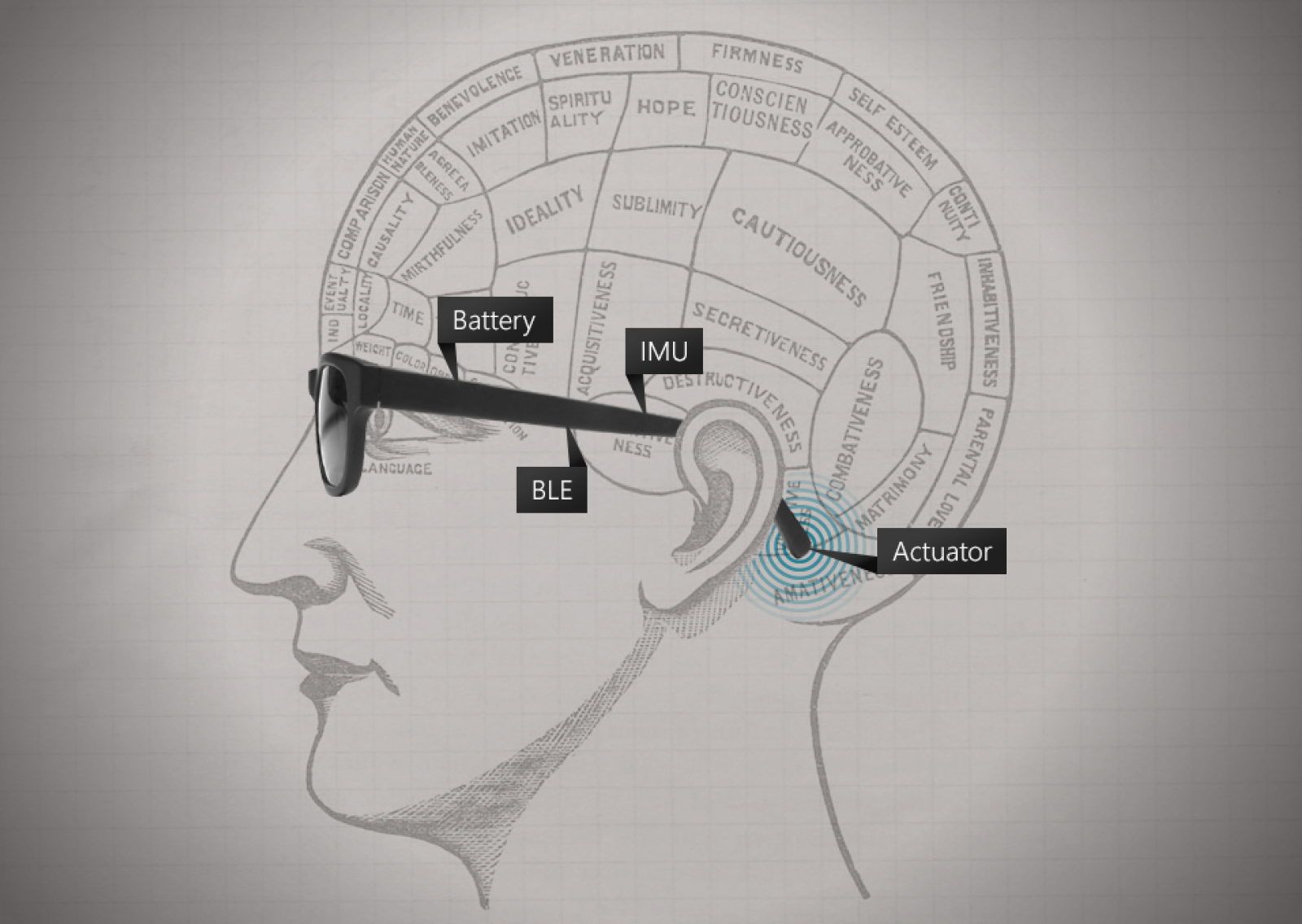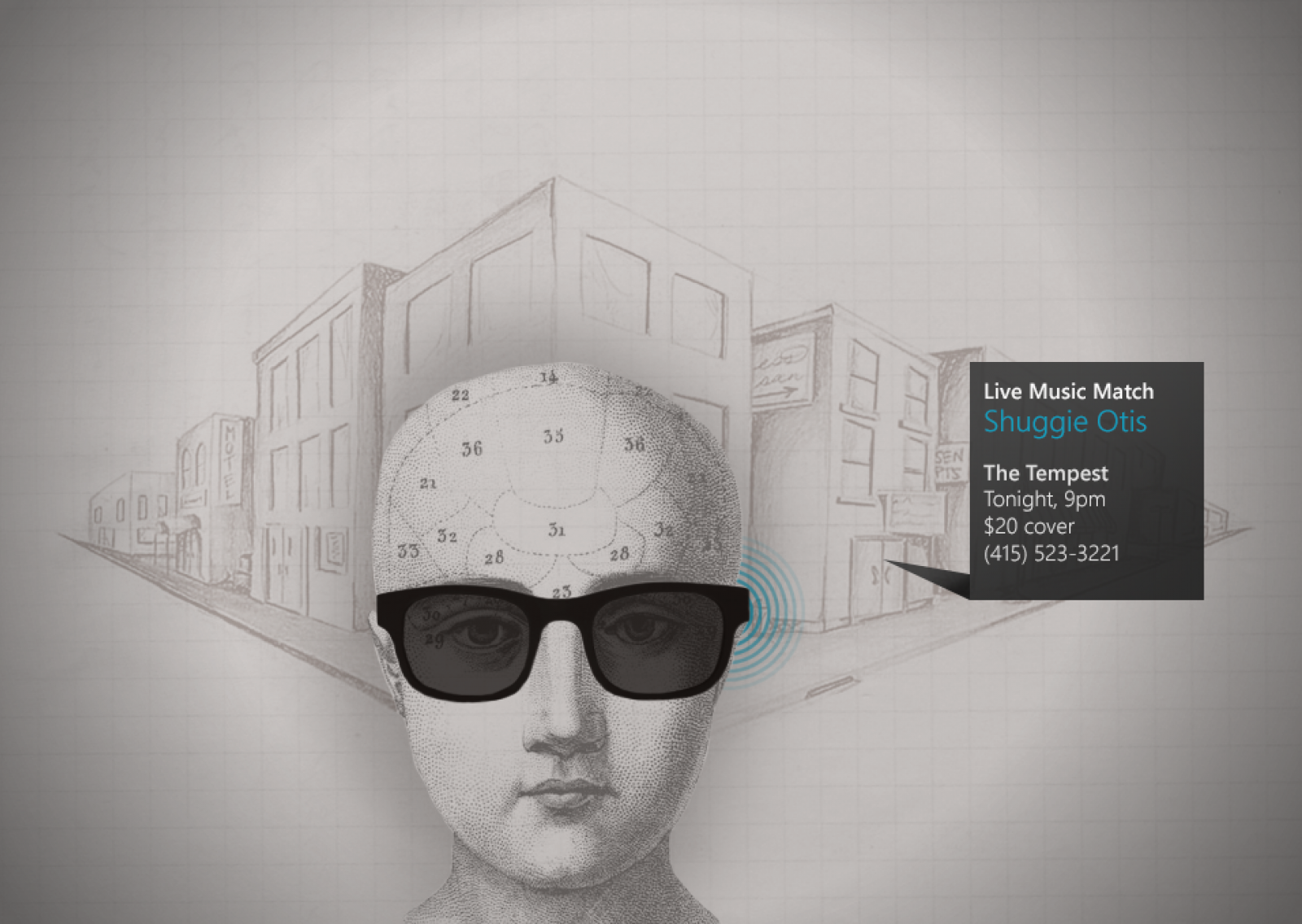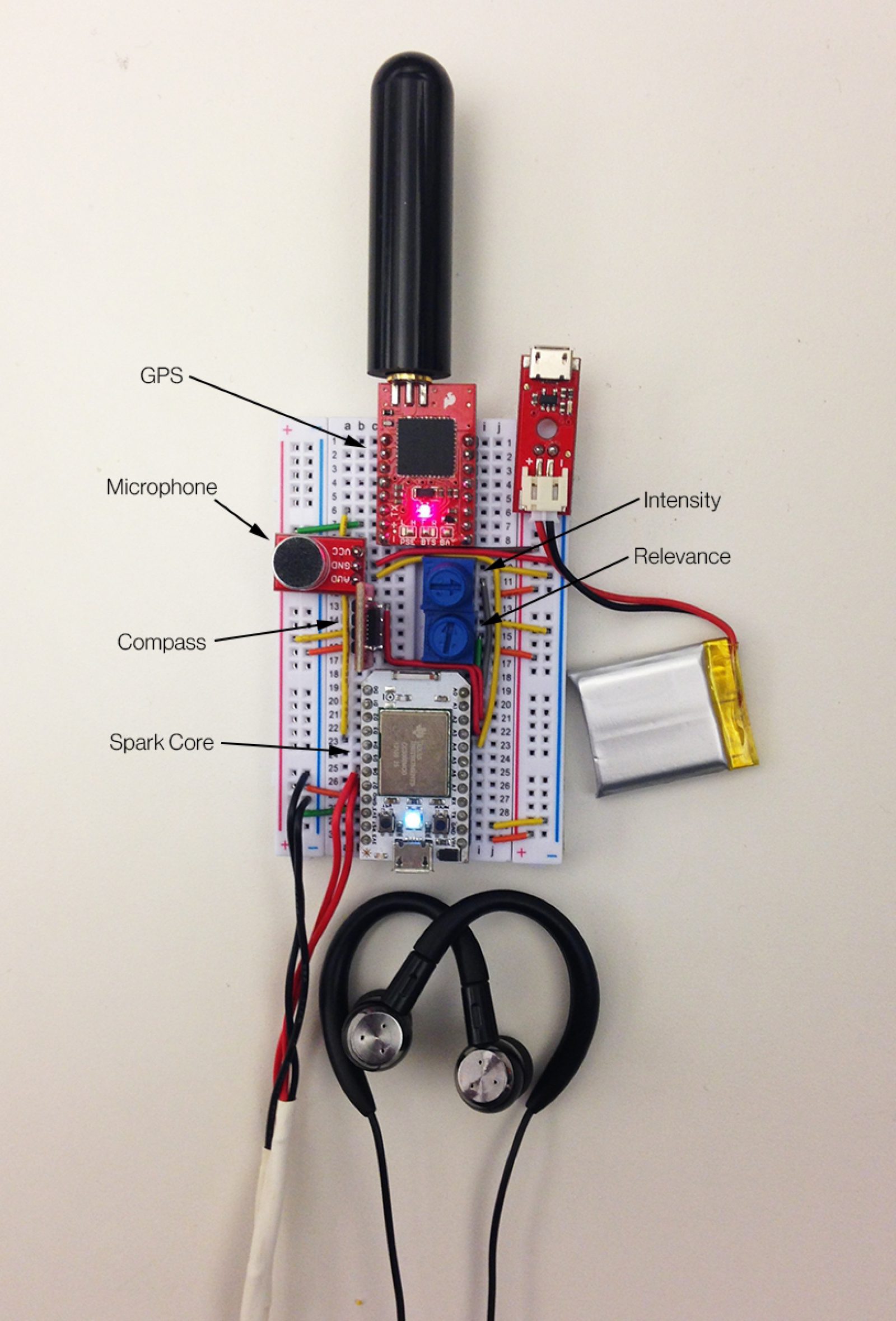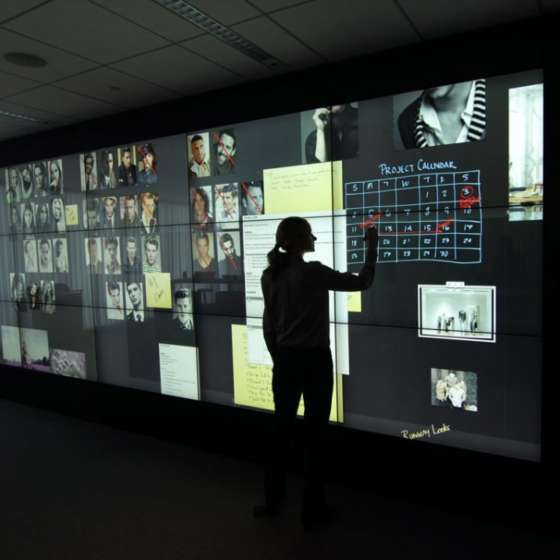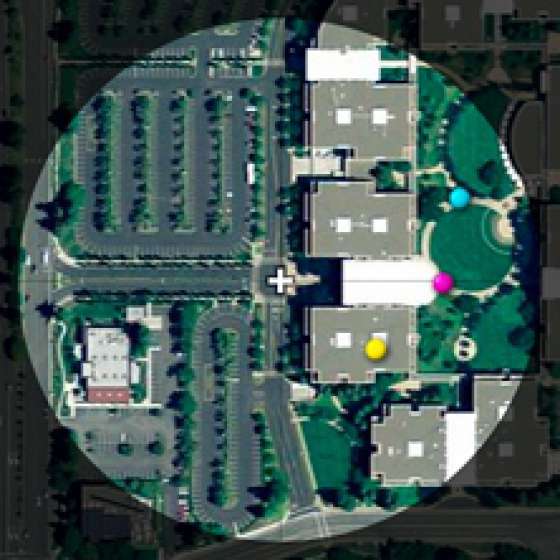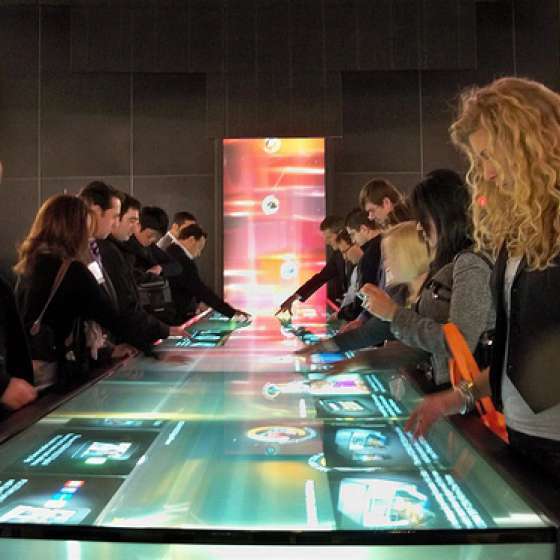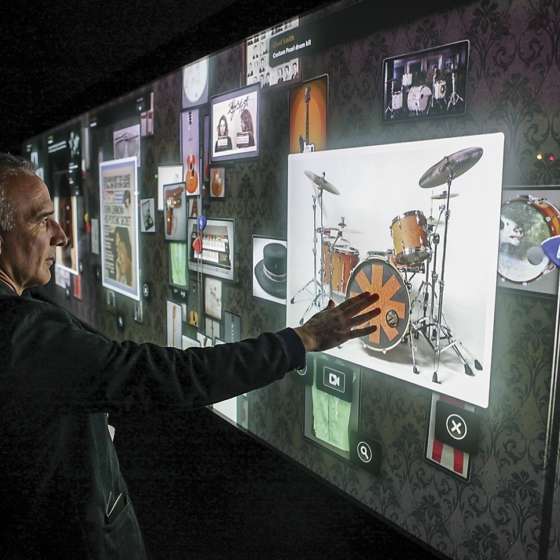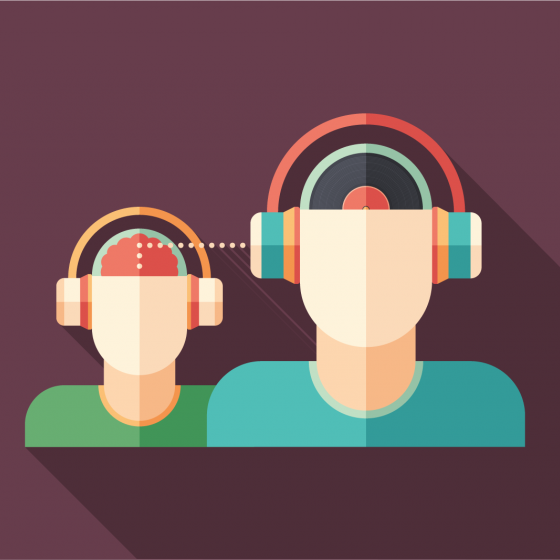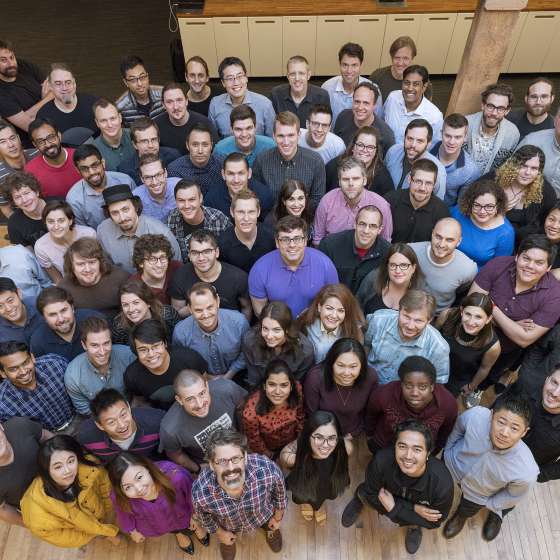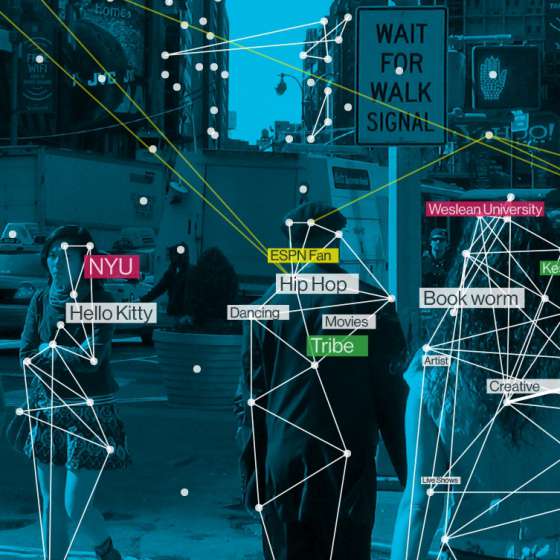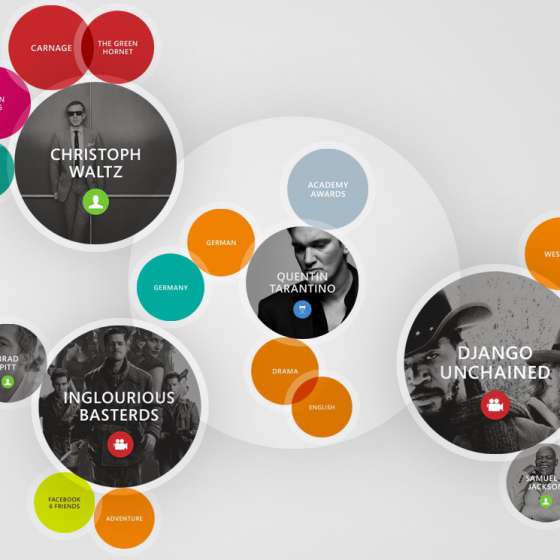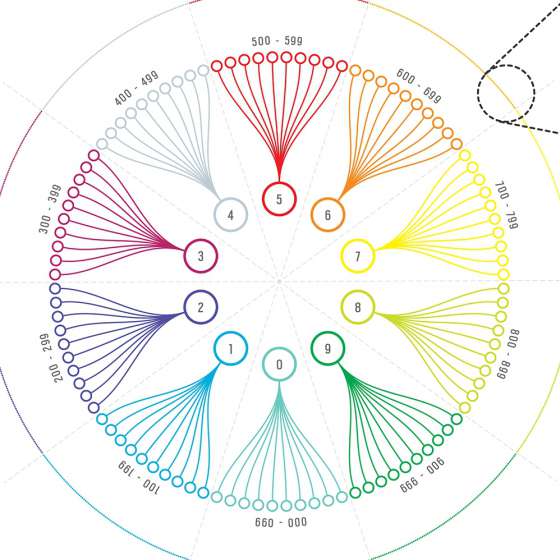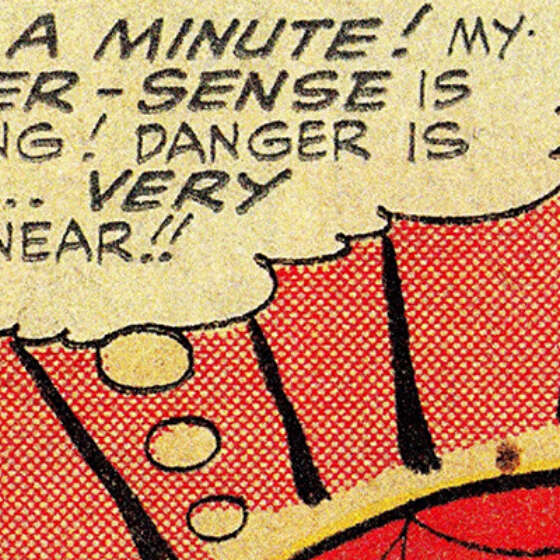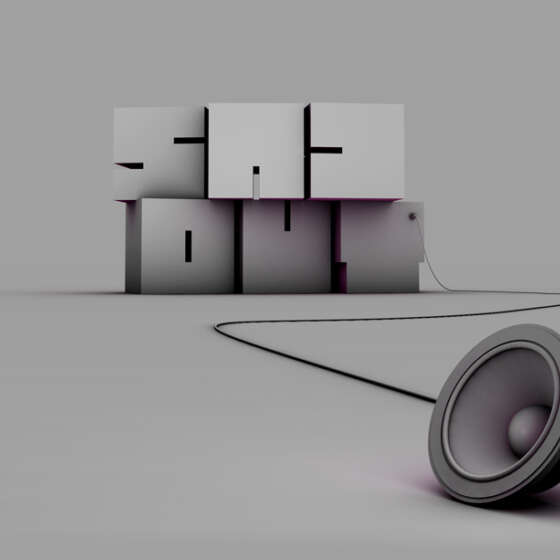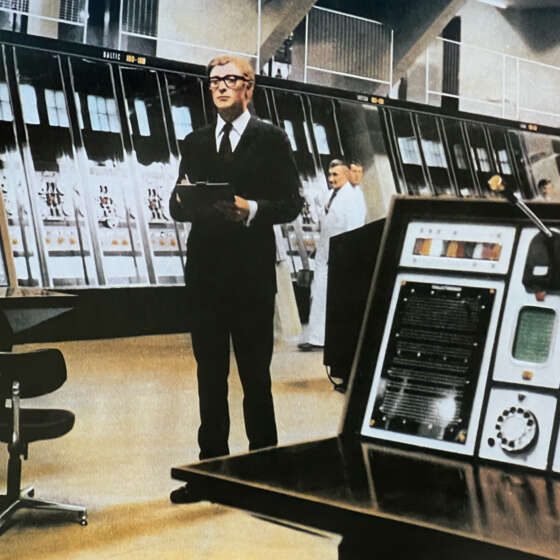While I was at Microsoft, I was fortunate to be able to work on a few personal research projects. This was one of my favorites — I started with these hypotheses:
Hypothesis #1:
We can leverage our brain function to filter out unwanted distractions without interruption.
Hypothesis #2:
Subtle haptic feedback over time can shift intent and awareness to a subconscious state.
Hypothesis #3:
Directionality (bearing), including an indication of center, can be derived from a stereo haptic signal oriented to the body.
I was able to build multiple working prototypes using off-the-shelf hardware (Arduino, Seed Studio, etc.), Node.js and a custom iOS application. The first prototype was tethered to my laptop, while the latter prototypes were untethered and connected to my iPhone via Bluetooth.
Below is the project proposal, followed by the results of the experiment.


